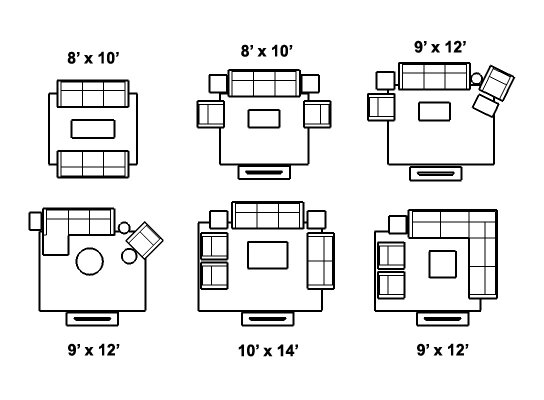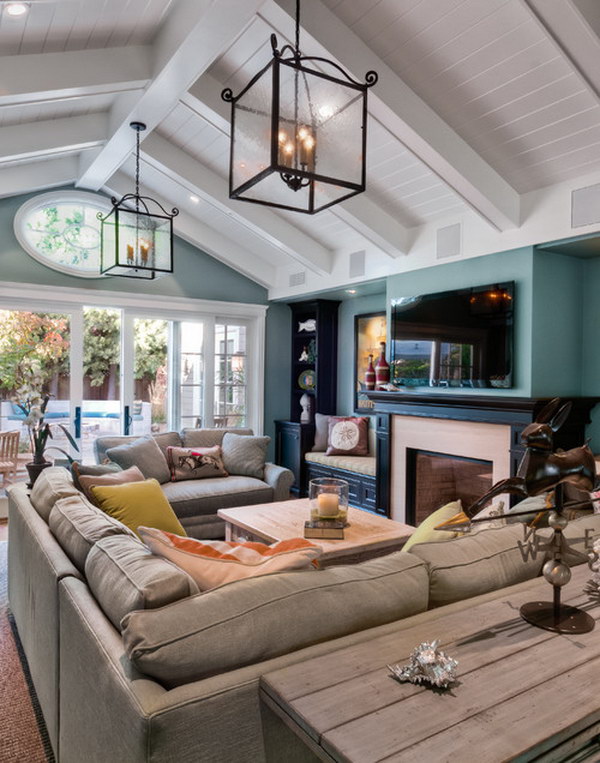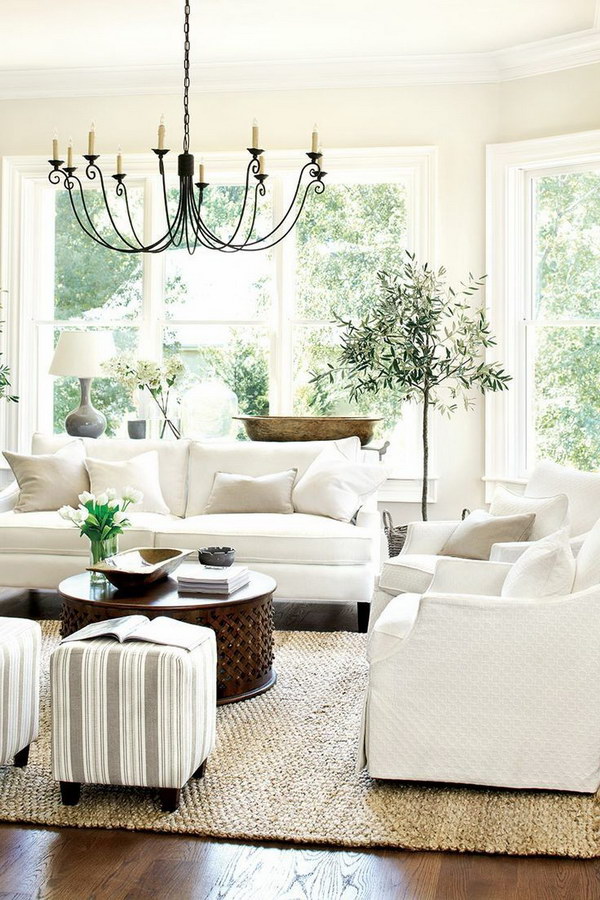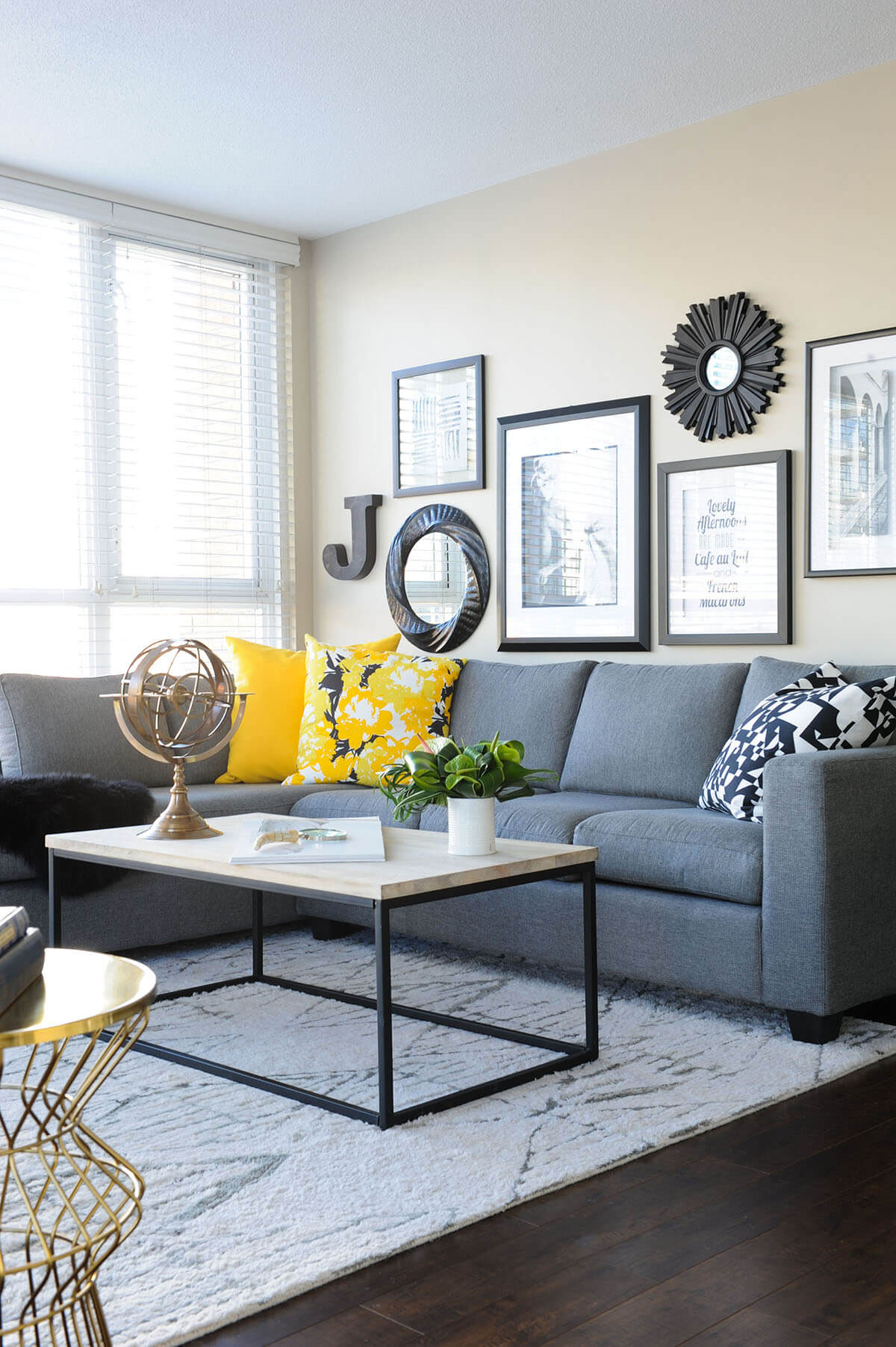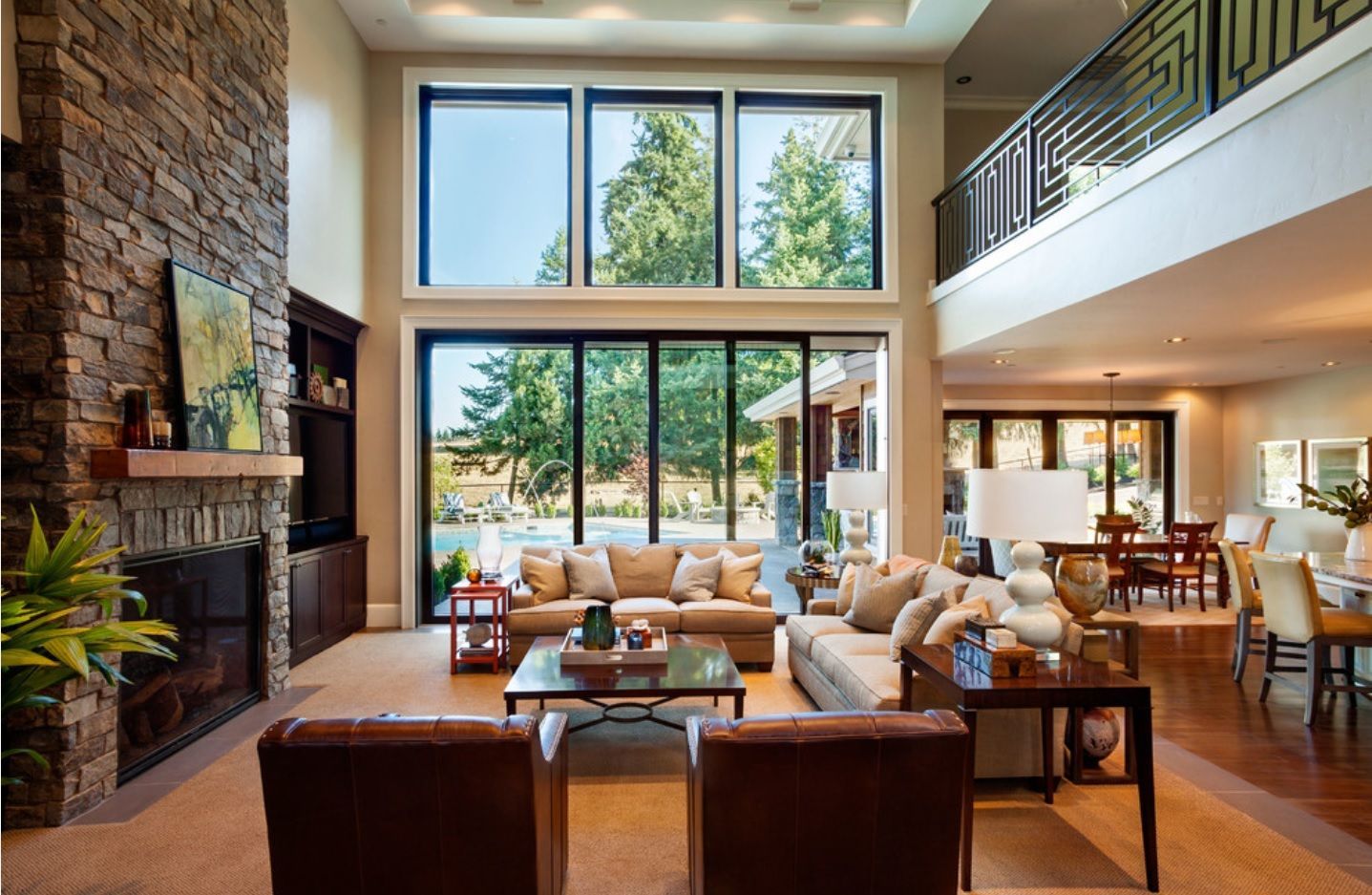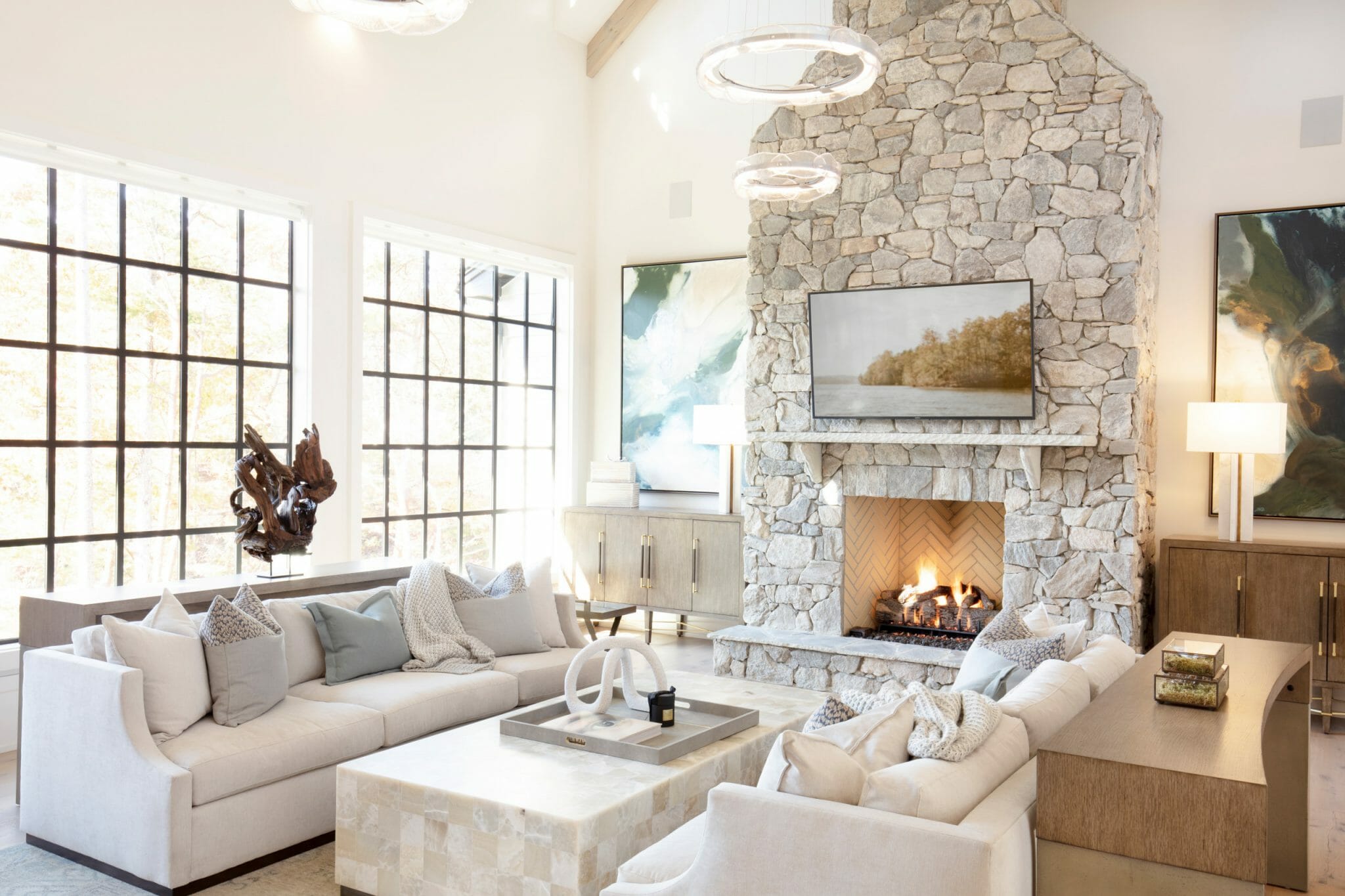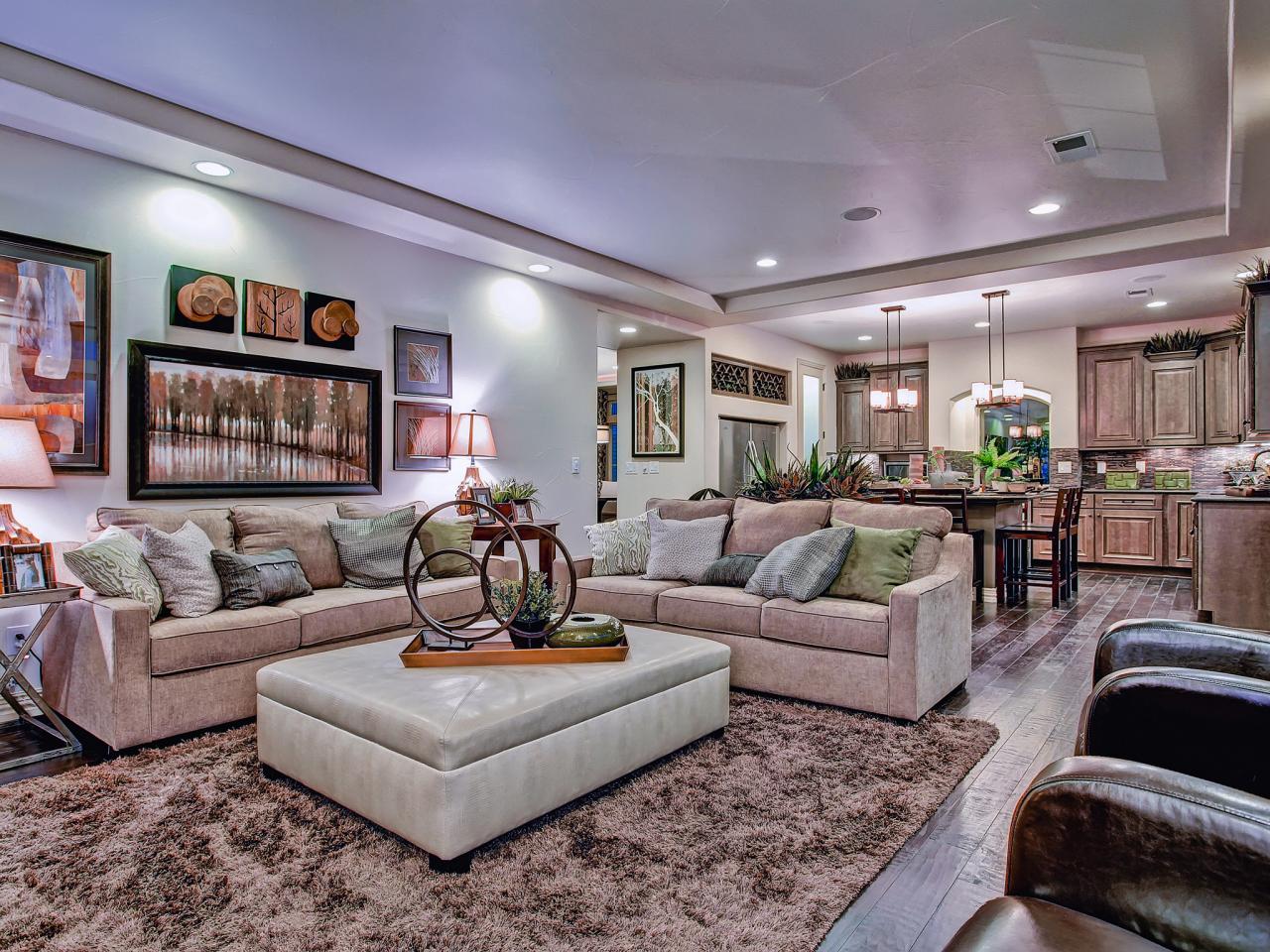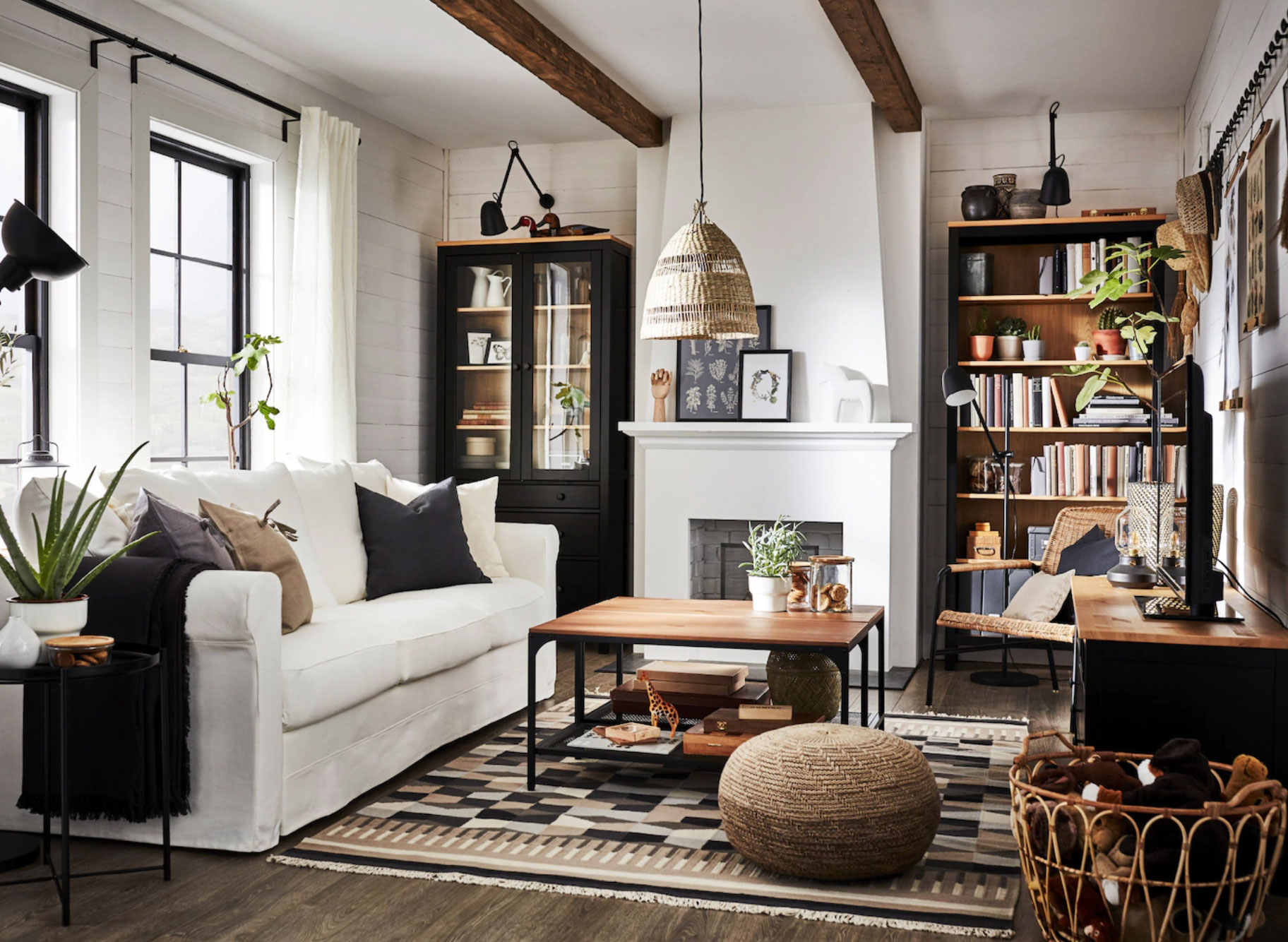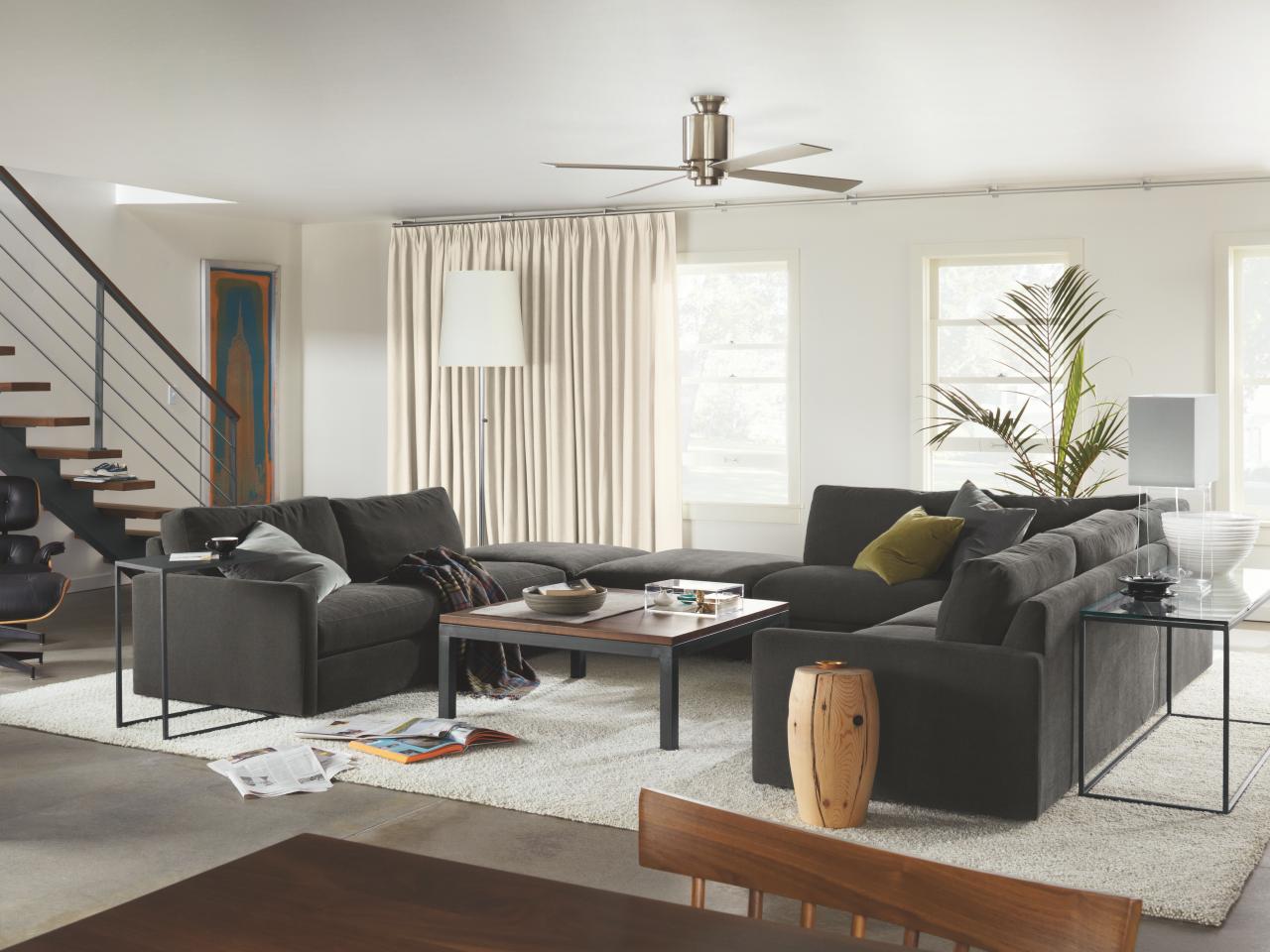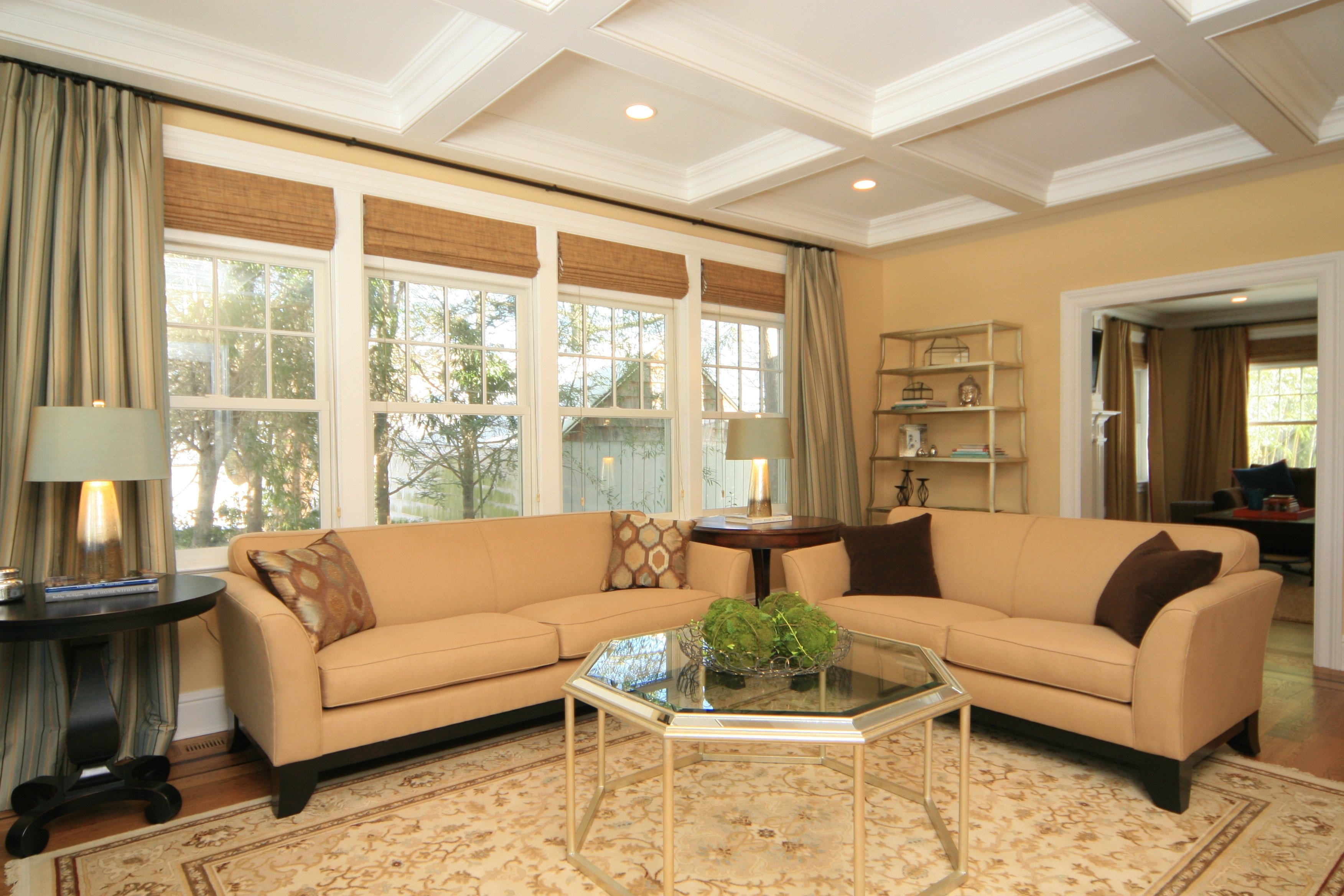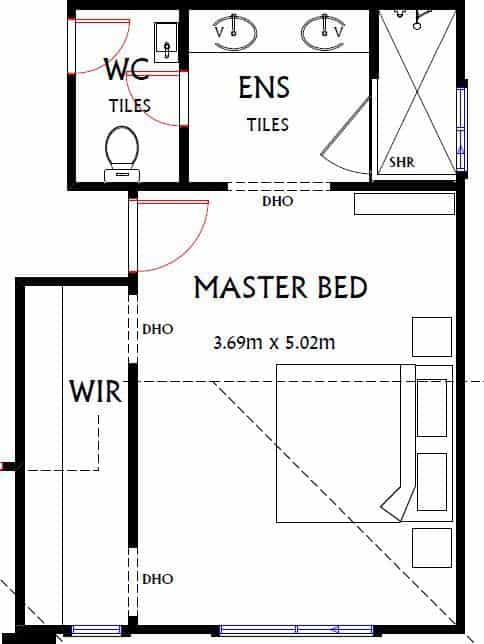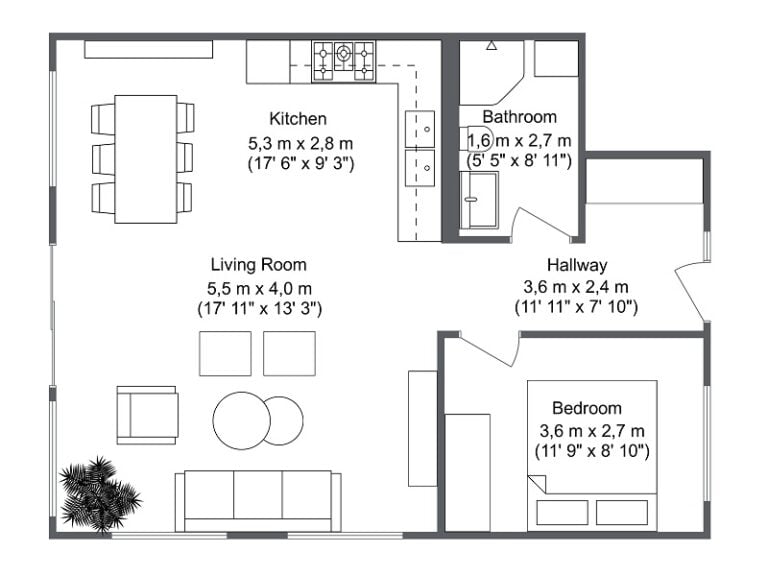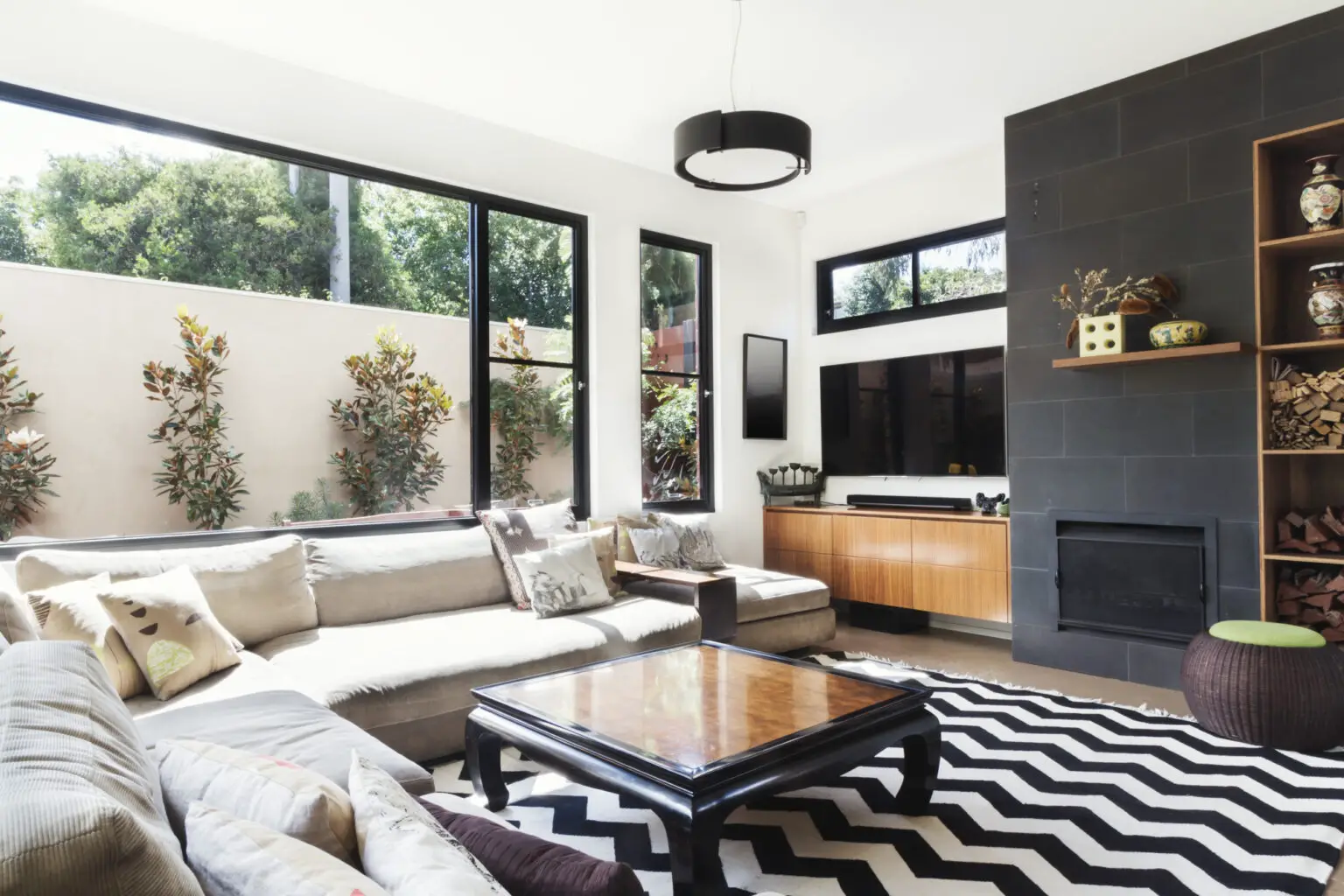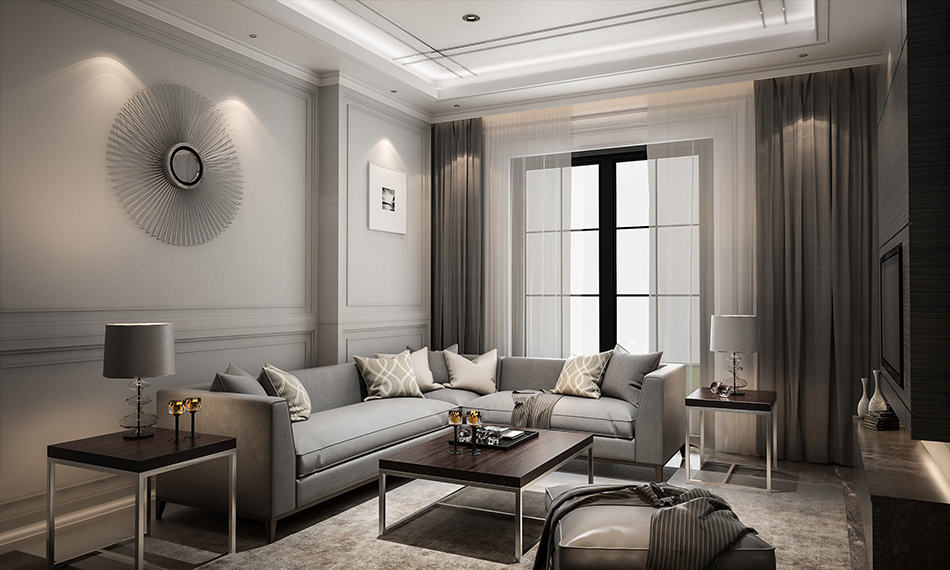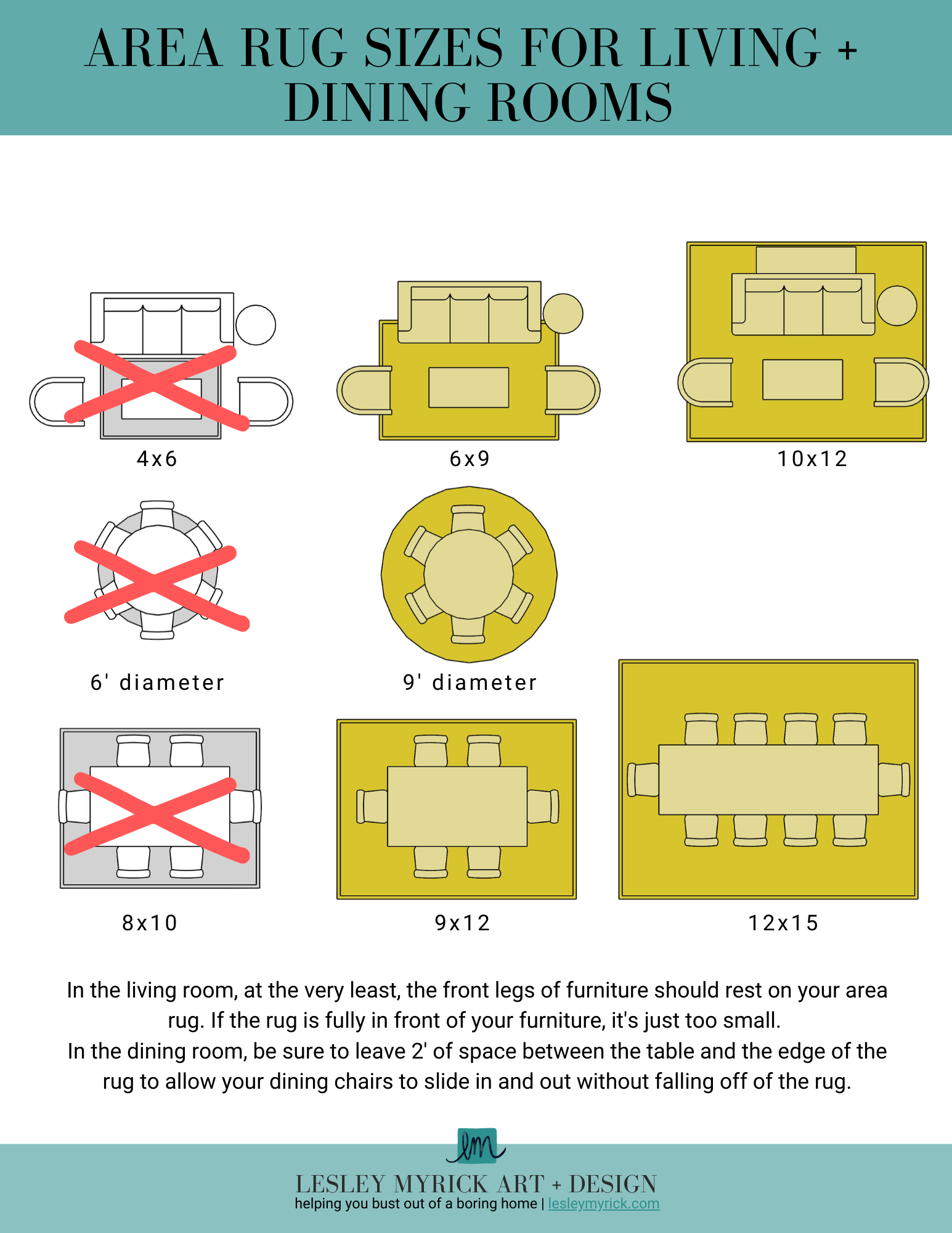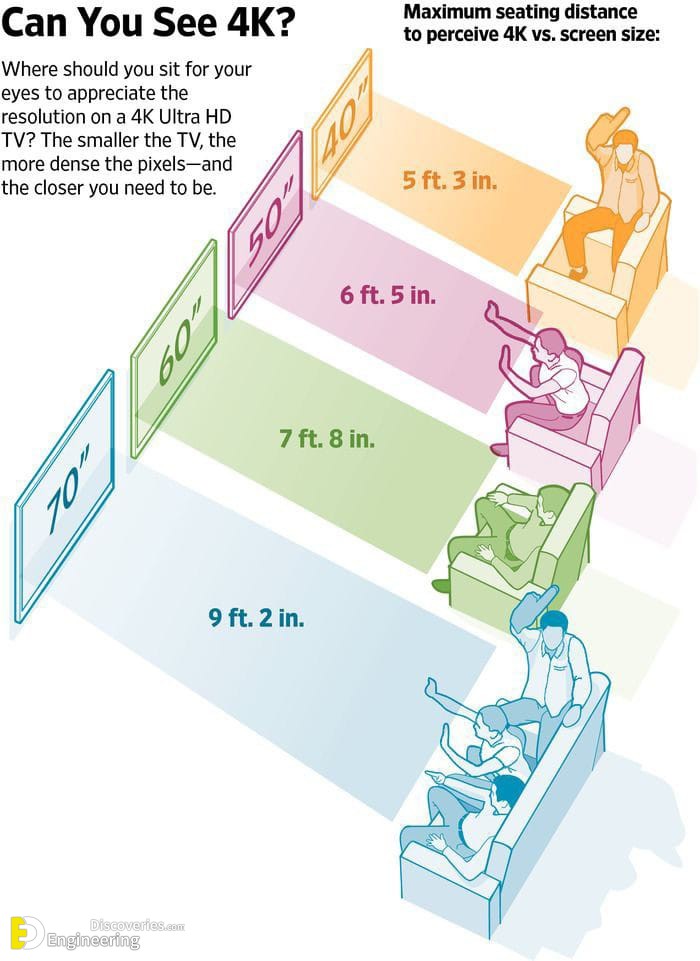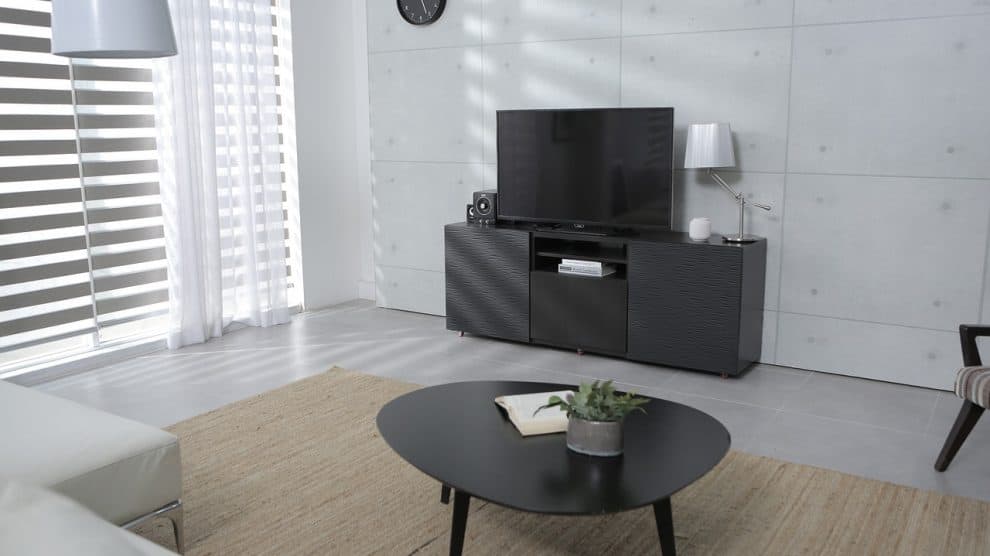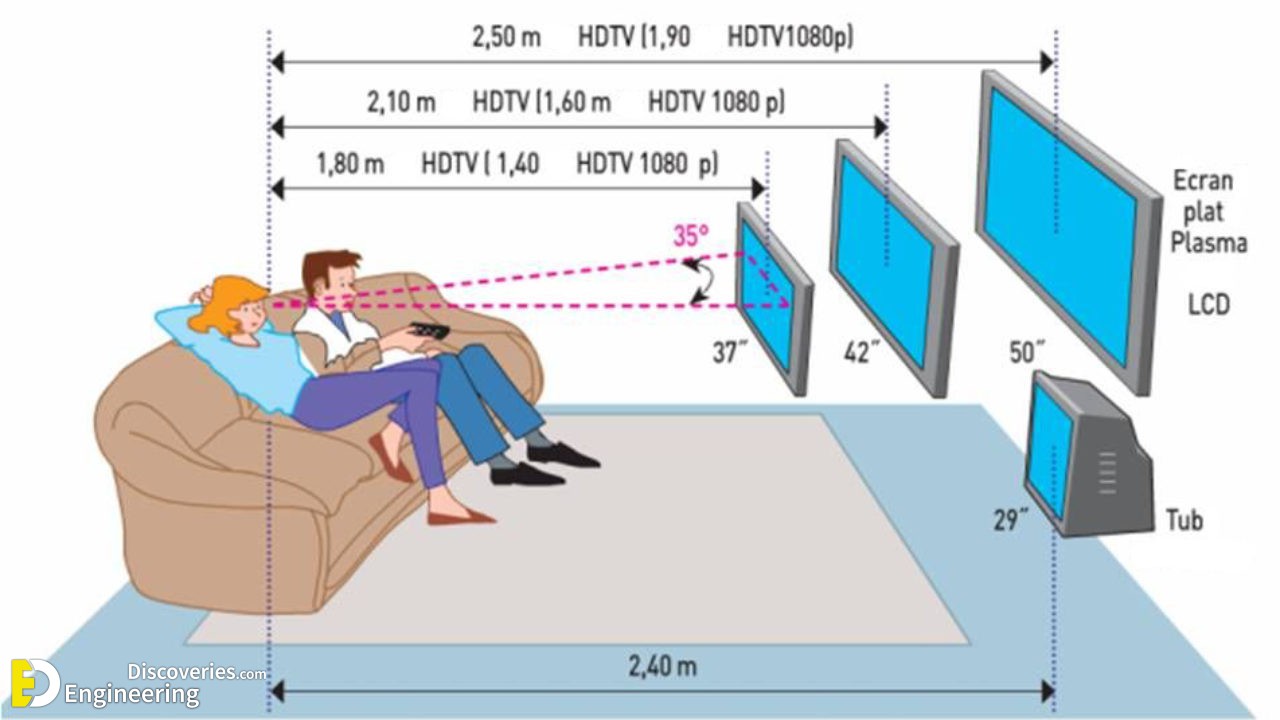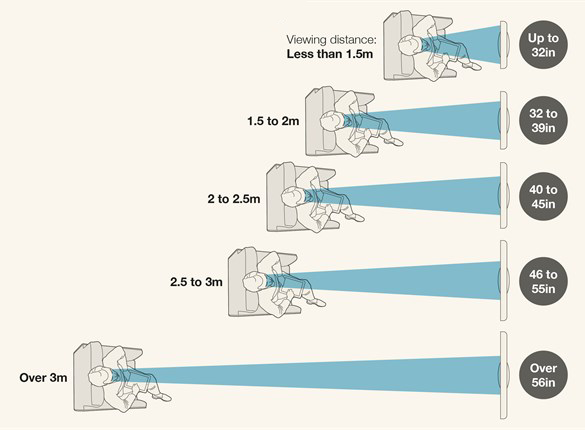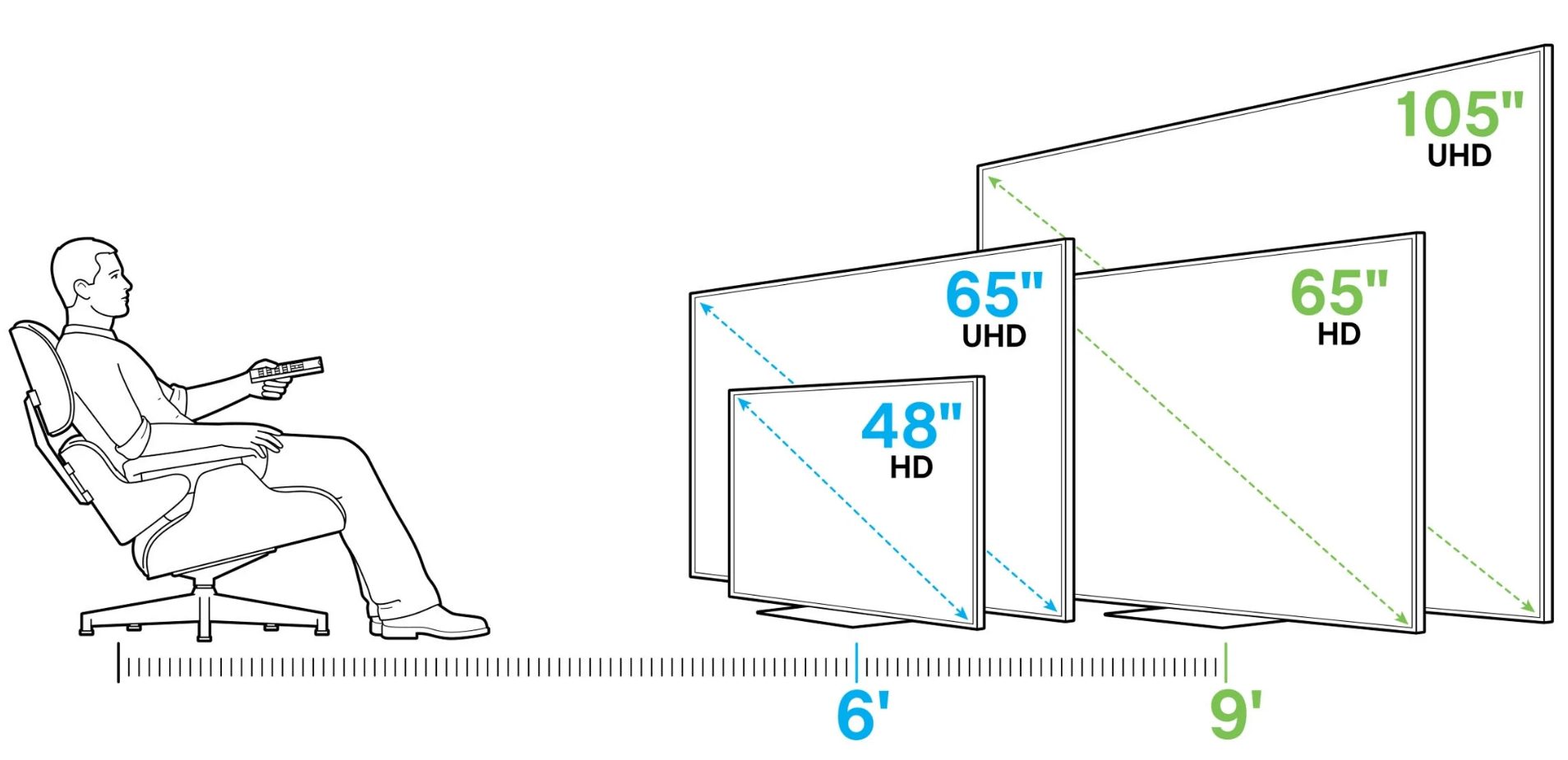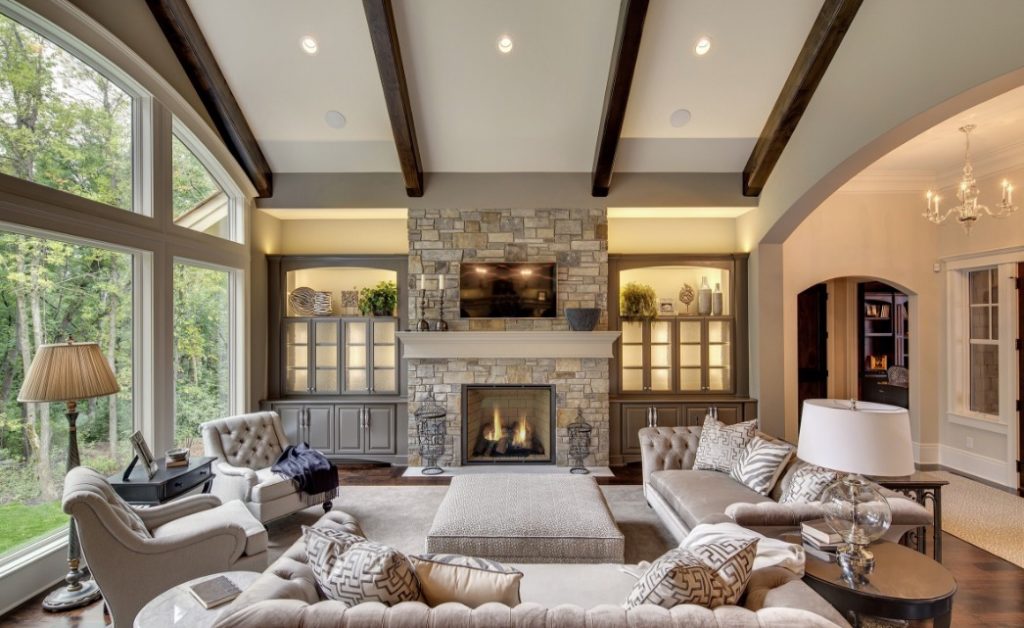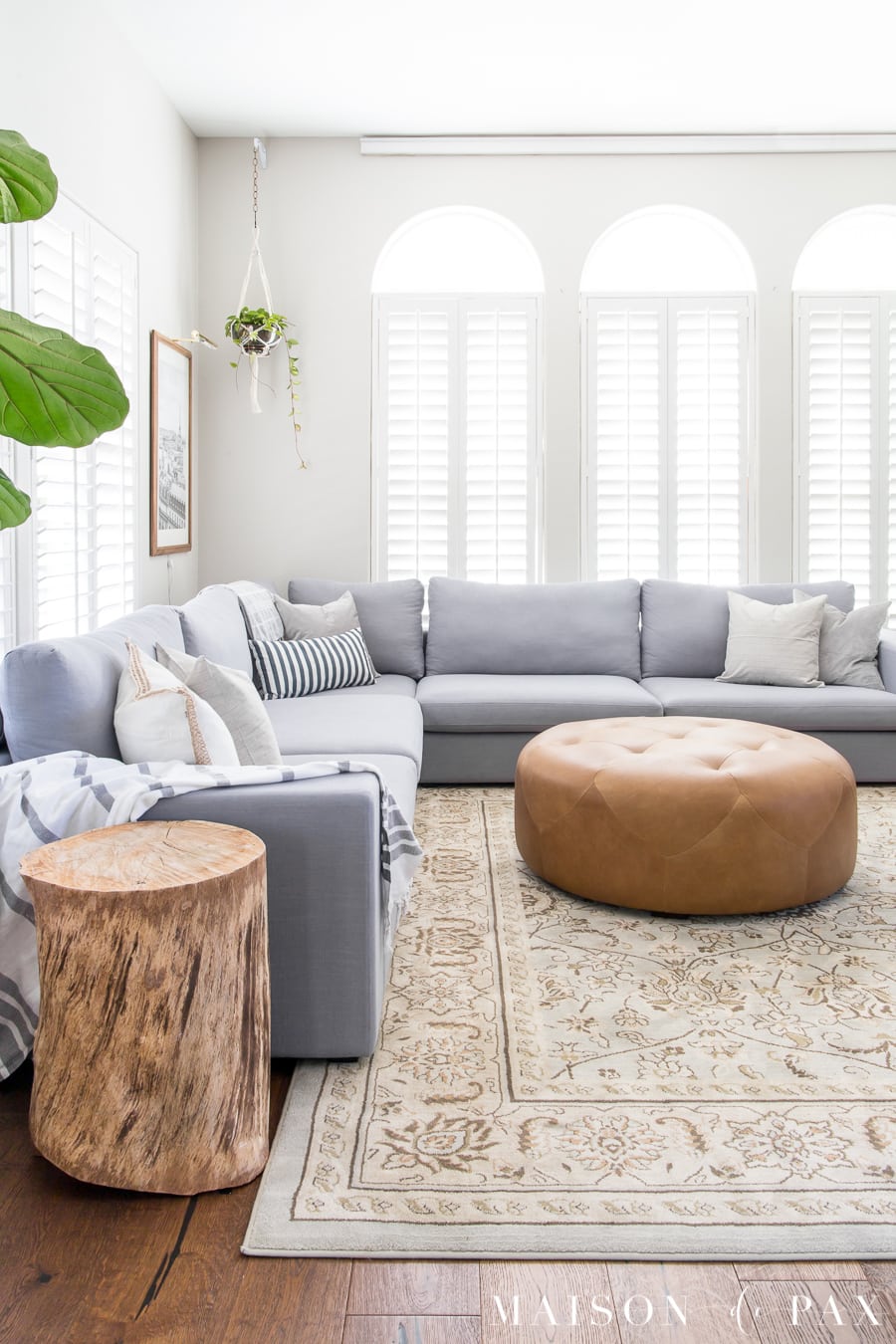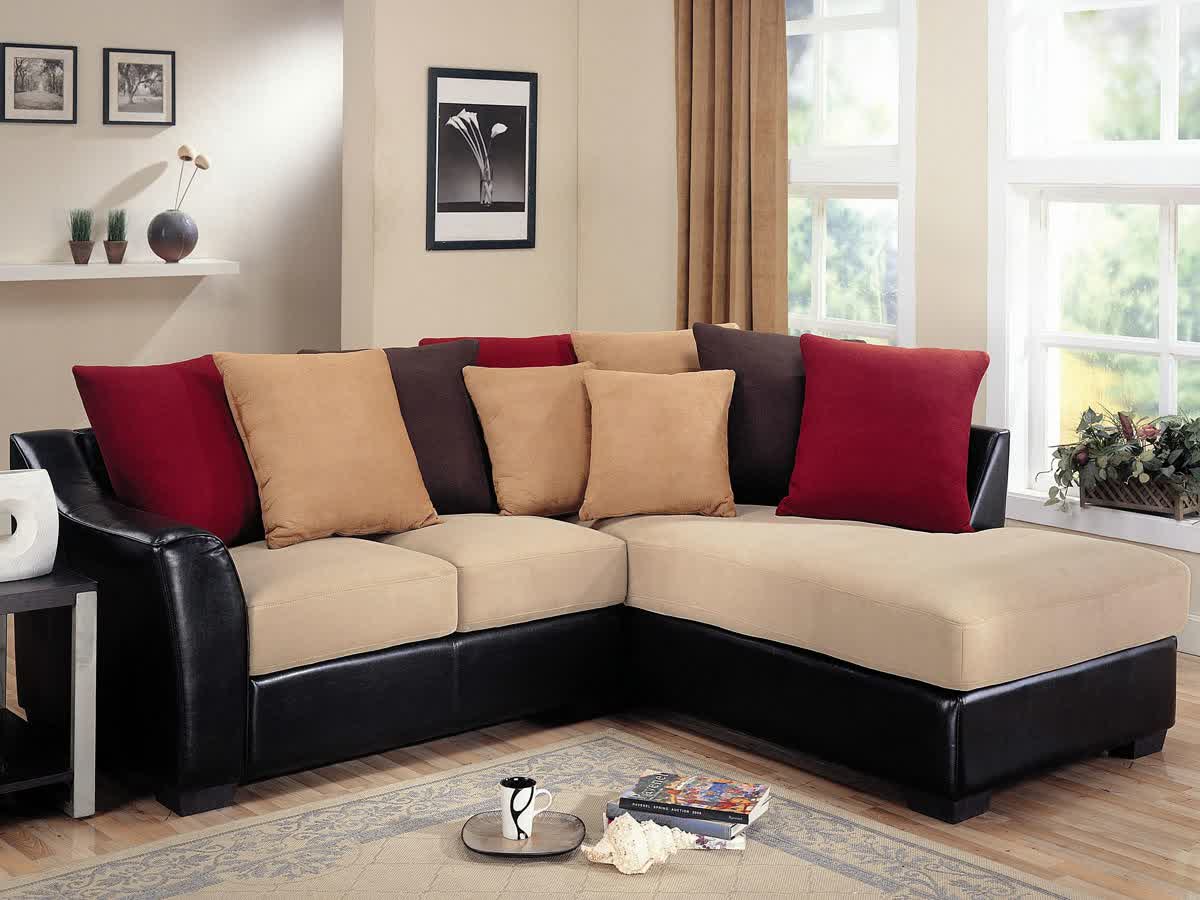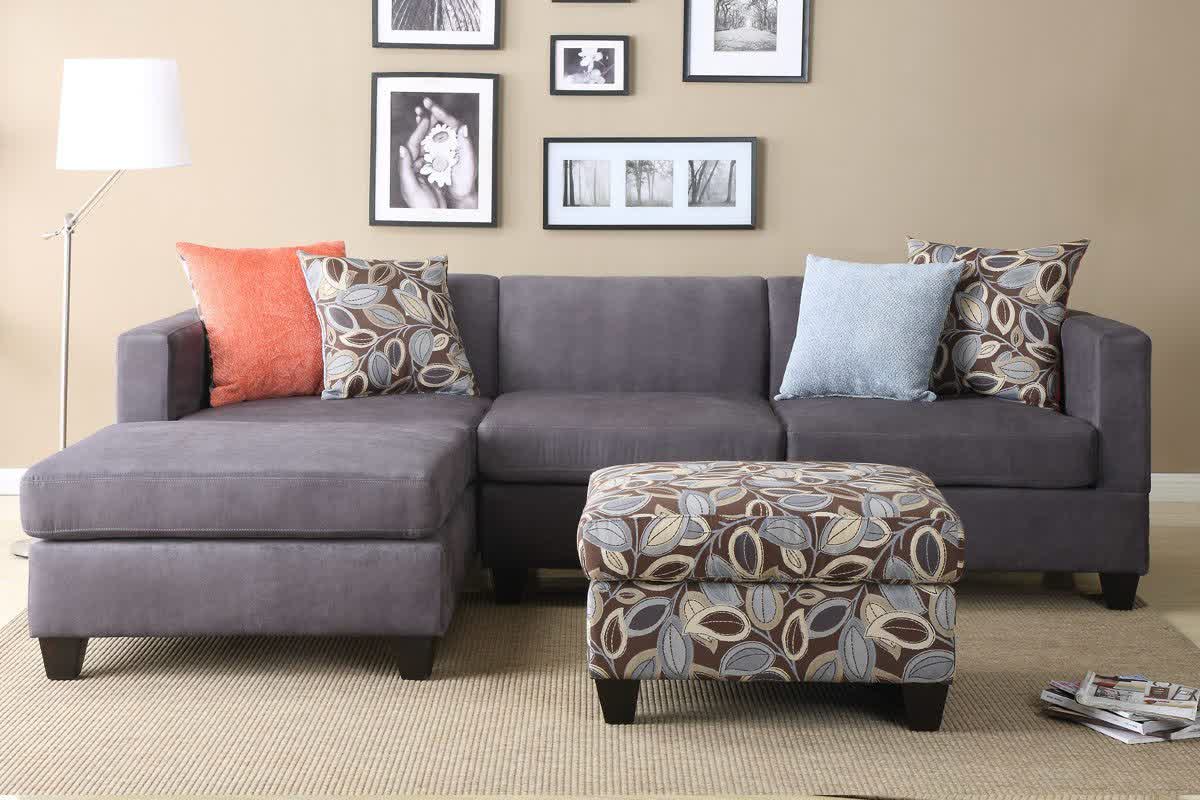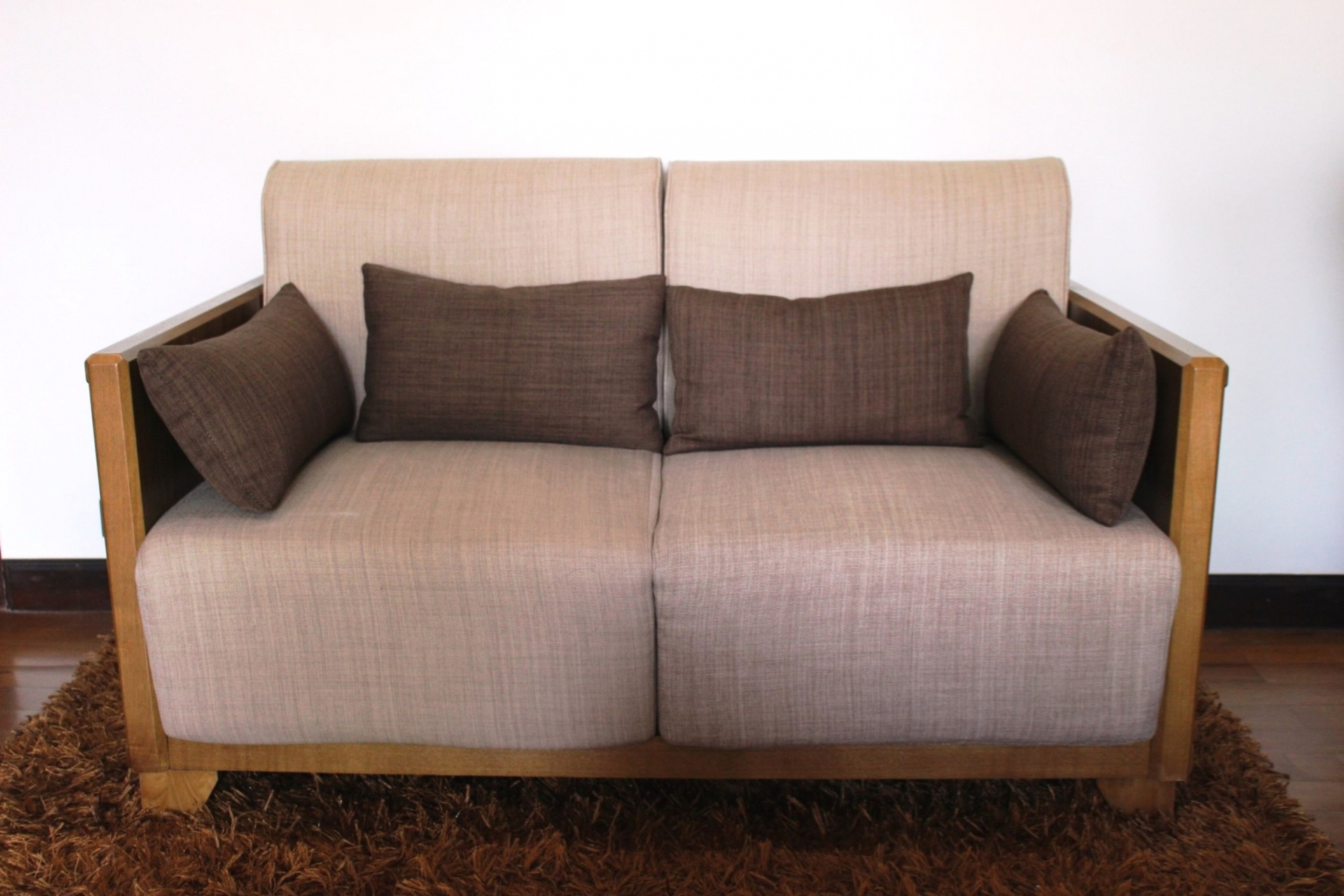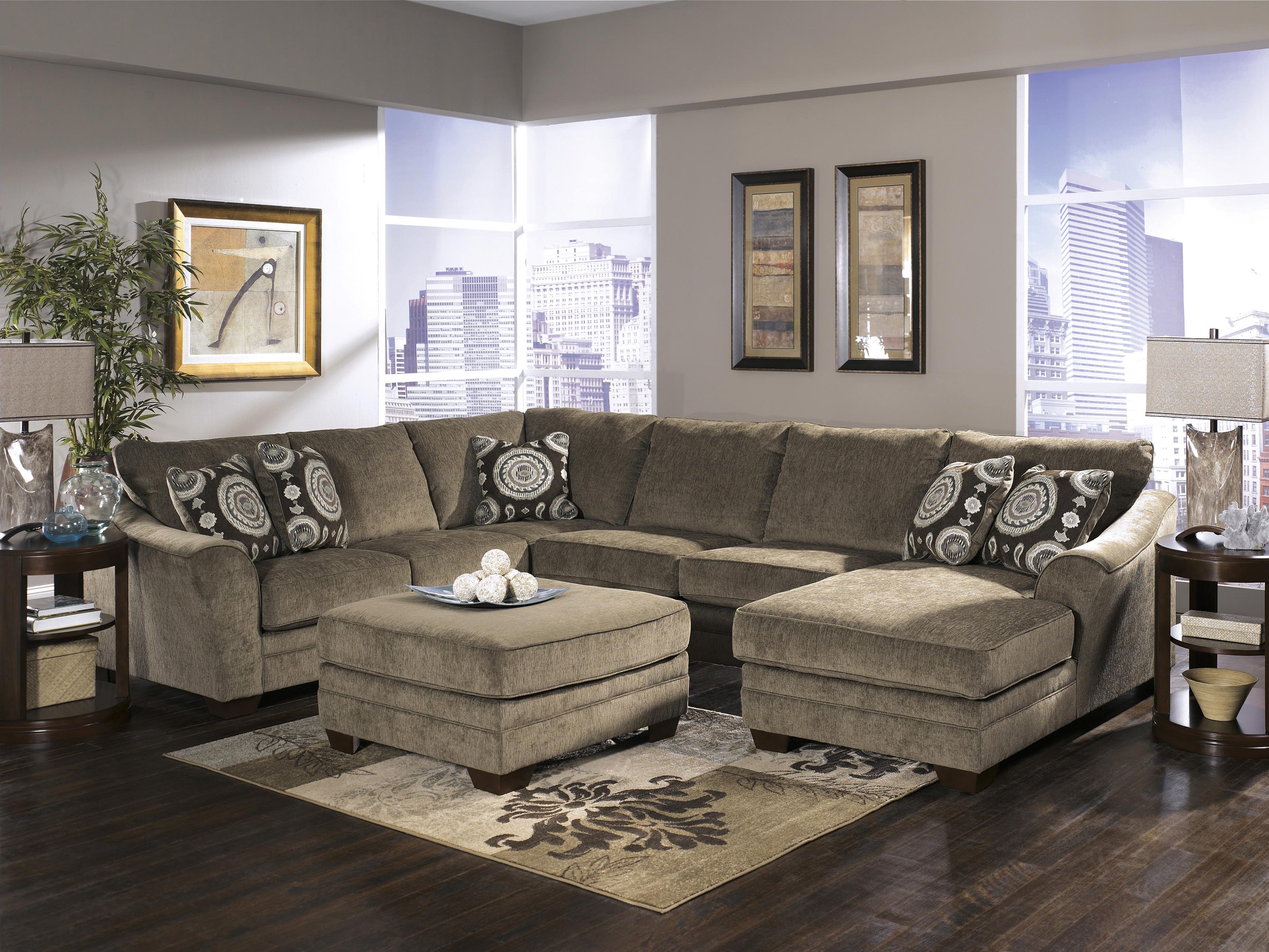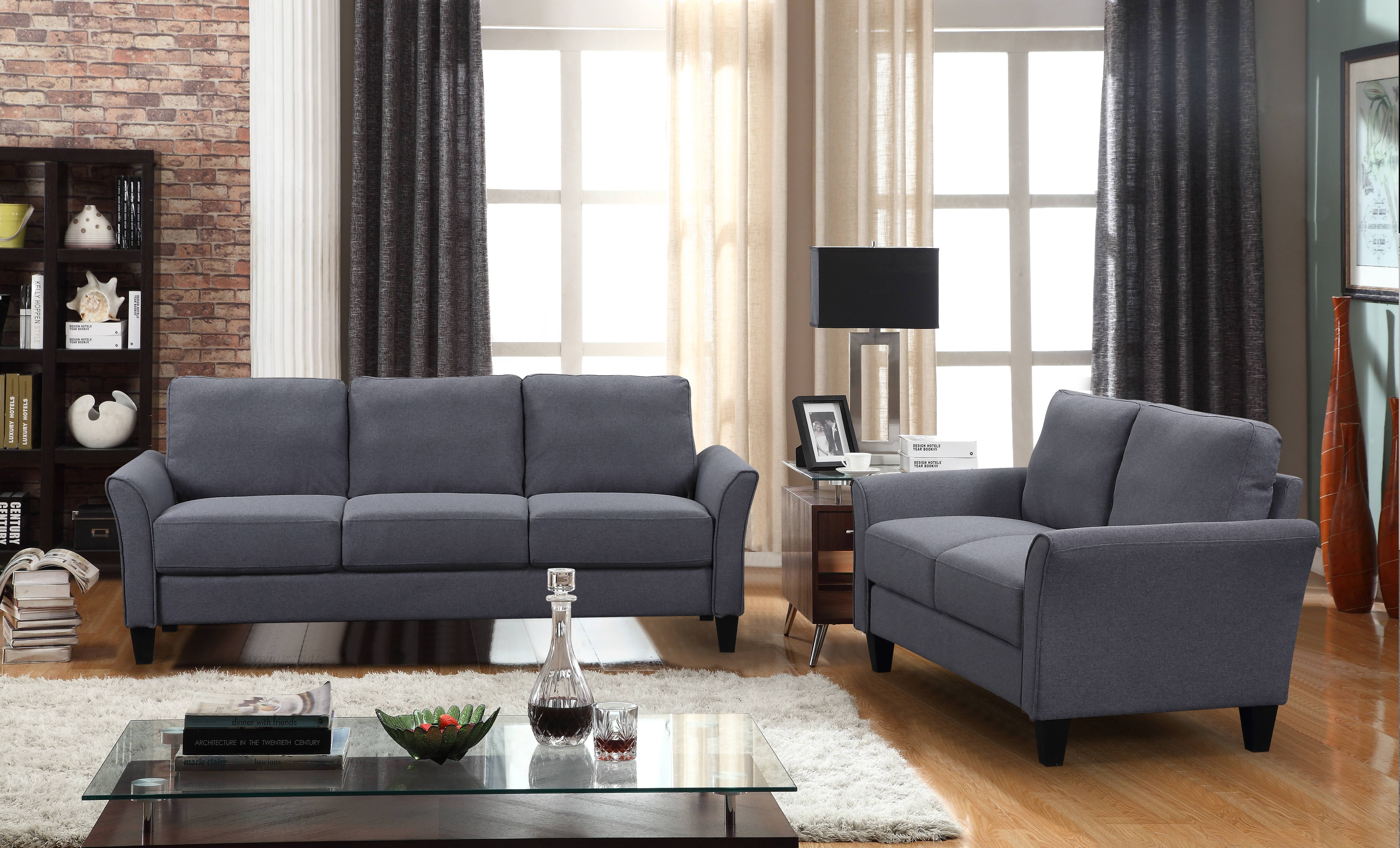The standard dimensions for a living room vary depending on the size and layout of your home. However, there are some general guidelines that can help you determine the ideal dimensions for your living room. The average size of a living room in a typical home is 12 feet by 18 feet, but this can vary depending on the size of your home and the layout of your furniture. If you have a smaller home, you may have a slightly smaller living room that is around 10 feet by 12 feet. On the other hand, if you have a larger home, your living room may be closer to 20 feet by 30 feet. It's important to note that these dimensions are just a general guideline and can vary depending on personal preference and the layout of your furniture.Standard Living Room Dimensions
When it comes to determining the ideal size for your living room, there are a few key factors to consider. Firstly, you should think about the function of your living room. Is it primarily used for entertaining guests, watching TV, or as a space for relaxation? If you plan on using your living room for different purposes, it may be beneficial to have a larger space to accommodate different activities. Another important factor to consider is the size of your furniture. If you have large, bulky furniture, you may need a larger living room to avoid a cramped and cluttered space. Lastly, personal preference plays a big role in determining the size of your living room. Some people prefer a cozy and intimate space, while others may prefer a larger, more open area.Living Room Size Guide
When it comes to designing your living room, the layout is just as important as the size. There are several different layout ideas that can help you make the most of your living room space. One popular layout is the open concept living room, where the living room is connected to the dining room and kitchen. This creates a spacious and airy feel and is great for entertaining guests. If you have a smaller living room, utilizing vertical space is key. You can do this by adding shelves or wall-mounted storage units to keep the floor space open. Another option is to create a conversation area in your living room, with comfortable seating arranged around a central focal point such as a fireplace or TV.Living Room Layout Ideas
When choosing furniture for your living room, it's important to consider the dimensions to ensure that everything fits comfortably in the space. Sofas typically range from 6-8 feet in length, with a depth of 2-3 feet. Loveseats are usually around 5-6 feet in length, and armchairs are about 3 feet wide. For coffee tables, the standard height is around 18 inches and the length should be about two-thirds the length of your sofa. When it comes to TV stands, make sure to measure the width of your TV and choose a stand that is at least 2-3 inches wider for a proper fit.Living Room Furniture Dimensions
Before purchasing furniture for your living room, it's important to take accurate measurements of the space to ensure that everything fits properly. Start by measuring the length and width of your living room and take note of any obstacles such as windows, doors, or fireplaces. Next, measure the dimensions of your furniture pieces and make sure to leave enough space for walking and traffic flow around the room. It's also helpful to draw a floor plan of your living room to visualize how the furniture will fit in the space.Living Room Measurements
If you're unsure about the ideal size for your living room, you can use an online living room size calculator to help you determine the best dimensions for your space. These calculators take into account factors such as the number of people who will be using the space, the types of activities that will take place, and the size of your furniture. Using a living room size calculator can help you maximize your space and create a functional and comfortable living room.Living Room Size Calculator
A living room size chart can serve as a helpful reference when determining the ideal dimensions for your living room. It takes into account the average size of a living room, as well as the recommended minimum and maximum sizes based on furniture dimensions. However, it's important to remember that these are just general guidelines and may not work for every living room. Personal preference and the layout of your furniture should also be taken into consideration.Living Room Size Chart
If you're planning on adding a TV to your living room, it's important to consider the size of your TV in relation to the size of the room. A good rule of thumb is to choose a TV that is one-third the width of your living room wall. So, if your living room wall is 10 feet wide, your TV should be around 3 feet wide. However, this can vary depending on personal preference and the layout of your furniture. It's also important to consider the viewing distance from the TV to determine the ideal size.Living Room Size for TV
Sectional sofas are a popular choice for living rooms as they provide plenty of seating and can be rearranged to fit different spaces. However, it's important to choose the right size for your living room. The minimum recommended size for a sectional in a living room is 10 feet by 12 feet. However, if you want a larger sectional, it's best to have a living room that is at least 12 feet by 18 feet. Keep in mind that these dimensions are just a guideline and may vary depending on the size of your furniture and personal preference.Living Room Size for Sectional
A sofa is usually the centerpiece of a living room, so it's important to choose the right size for your space. The recommended minimum size for a sofa in a living room is 6 feet, but this can vary depending on the size of your living room and other furniture pieces. It's also important to consider the depth of your sofa and make sure there is enough space for comfortable seating and traffic flow.Living Room Size for Sofa
Creating the Perfect Living Room: The Importance of Dimensions

The Impact of Dimensions on Living Room Design
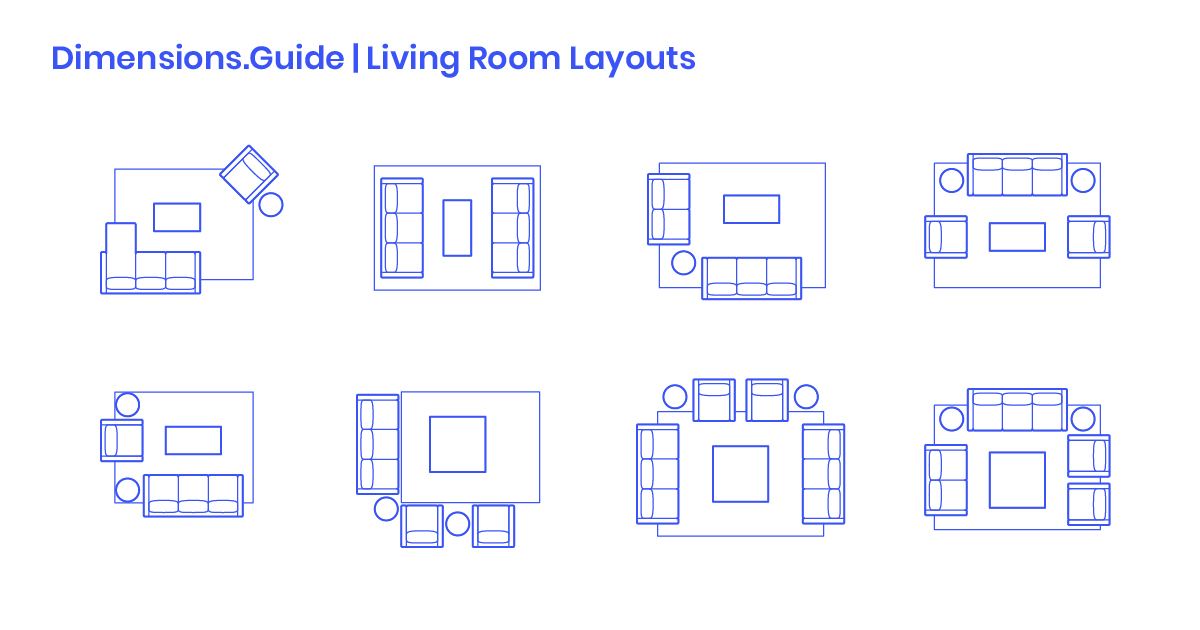 When designing a living room, one of the most crucial factors to consider is the dimensions of the space. The dimensions of a room can greatly impact the overall look and feel of the space, as well as its functionality. In fact, the dimensions can make or break the design of a living room. Therefore, it is essential to carefully plan and consider the dimensions when designing this important space in your home.
Space and Proportion
The dimensions of a living room play a significant role in achieving a sense of balance and proportion in the space. A room that is too small can feel cramped and claustrophobic, while a room that is too large can feel empty and unwelcoming. Finding the right balance between the different dimensions is key to creating a harmonious and visually appealing living room.
Functionality
The dimensions of a living room can also determine its functionality. A small living room may not be suitable for large gatherings or entertaining, while a large living room may not be suitable for intimate gatherings or cozy nights in. It is crucial to consider the primary purpose of the living room and its dimensions to ensure that it serves its intended function.
Layout and Furniture Placement
The dimensions of a living room can also dictate the layout and furniture placement in the space. It is essential to carefully measure the dimensions of the room and plan the placement of furniture accordingly. This will ensure that the furniture does not overwhelm the space or make it difficult to navigate. It will also help to create a balanced and visually appealing layout.
Creating the Illusion of Space
In some cases, the dimensions of a living room may not be ideal. However, with careful planning and design techniques, it is possible to create the illusion of space in a smaller room. This can be achieved through the use of strategic furniture placement, light colors, and the incorporation of mirrors to reflect light and create a sense of openness.
In conclusion, the dimensions of a living room are a crucial aspect of its design. They can impact the overall look and feel of the space, its functionality, and the layout and placement of furniture. By carefully considering the dimensions and using design techniques to create balance and proportion, you can create the perfect living room for your home.
When designing a living room, one of the most crucial factors to consider is the dimensions of the space. The dimensions of a room can greatly impact the overall look and feel of the space, as well as its functionality. In fact, the dimensions can make or break the design of a living room. Therefore, it is essential to carefully plan and consider the dimensions when designing this important space in your home.
Space and Proportion
The dimensions of a living room play a significant role in achieving a sense of balance and proportion in the space. A room that is too small can feel cramped and claustrophobic, while a room that is too large can feel empty and unwelcoming. Finding the right balance between the different dimensions is key to creating a harmonious and visually appealing living room.
Functionality
The dimensions of a living room can also determine its functionality. A small living room may not be suitable for large gatherings or entertaining, while a large living room may not be suitable for intimate gatherings or cozy nights in. It is crucial to consider the primary purpose of the living room and its dimensions to ensure that it serves its intended function.
Layout and Furniture Placement
The dimensions of a living room can also dictate the layout and furniture placement in the space. It is essential to carefully measure the dimensions of the room and plan the placement of furniture accordingly. This will ensure that the furniture does not overwhelm the space or make it difficult to navigate. It will also help to create a balanced and visually appealing layout.
Creating the Illusion of Space
In some cases, the dimensions of a living room may not be ideal. However, with careful planning and design techniques, it is possible to create the illusion of space in a smaller room. This can be achieved through the use of strategic furniture placement, light colors, and the incorporation of mirrors to reflect light and create a sense of openness.
In conclusion, the dimensions of a living room are a crucial aspect of its design. They can impact the overall look and feel of the space, its functionality, and the layout and placement of furniture. By carefully considering the dimensions and using design techniques to create balance and proportion, you can create the perfect living room for your home.
















